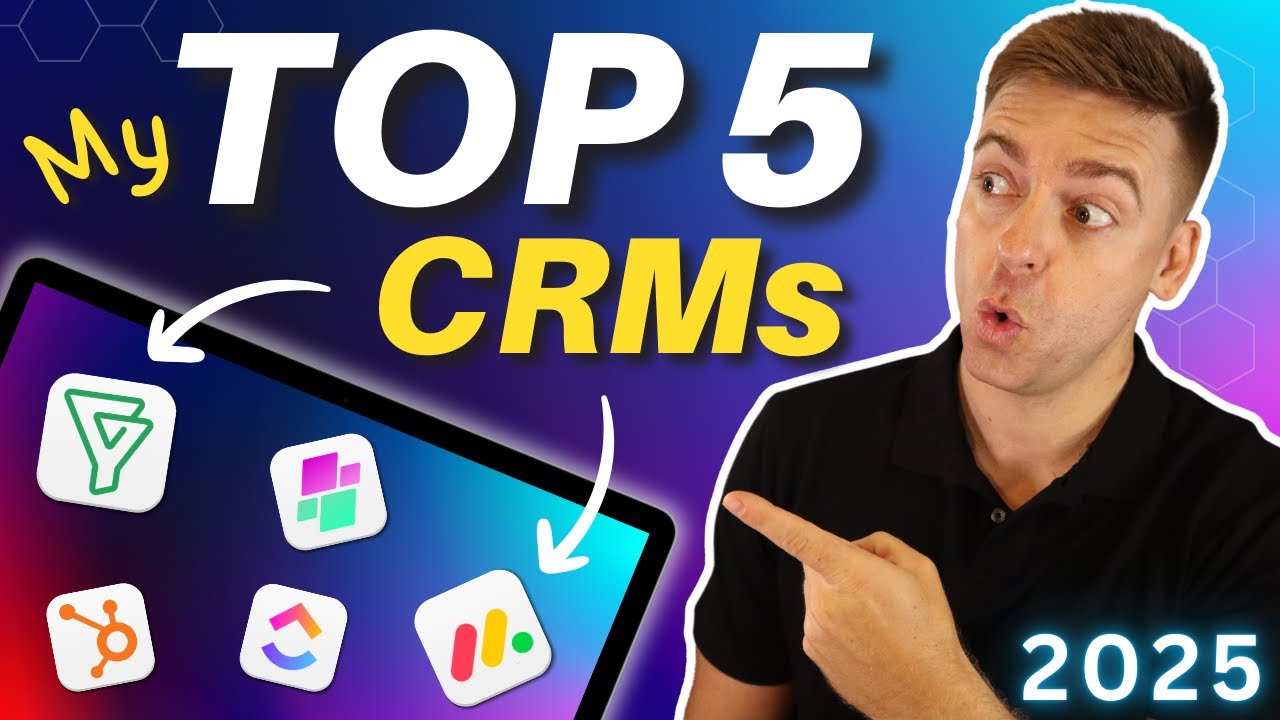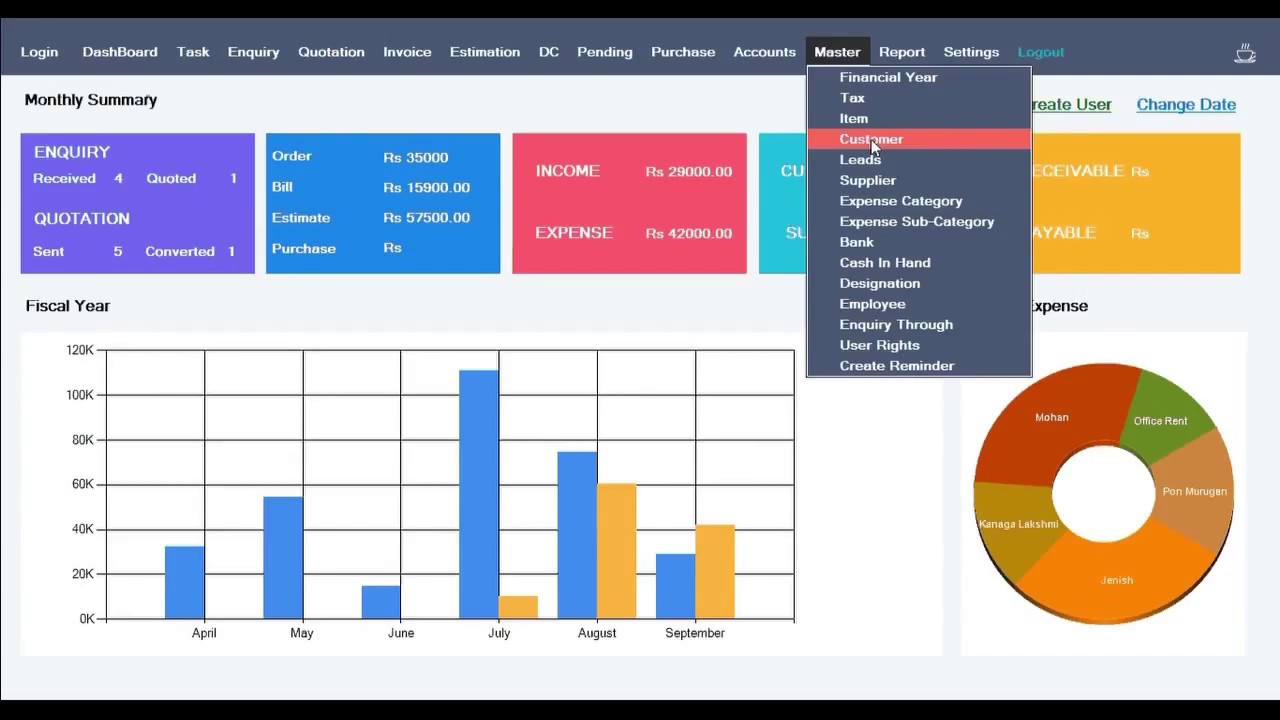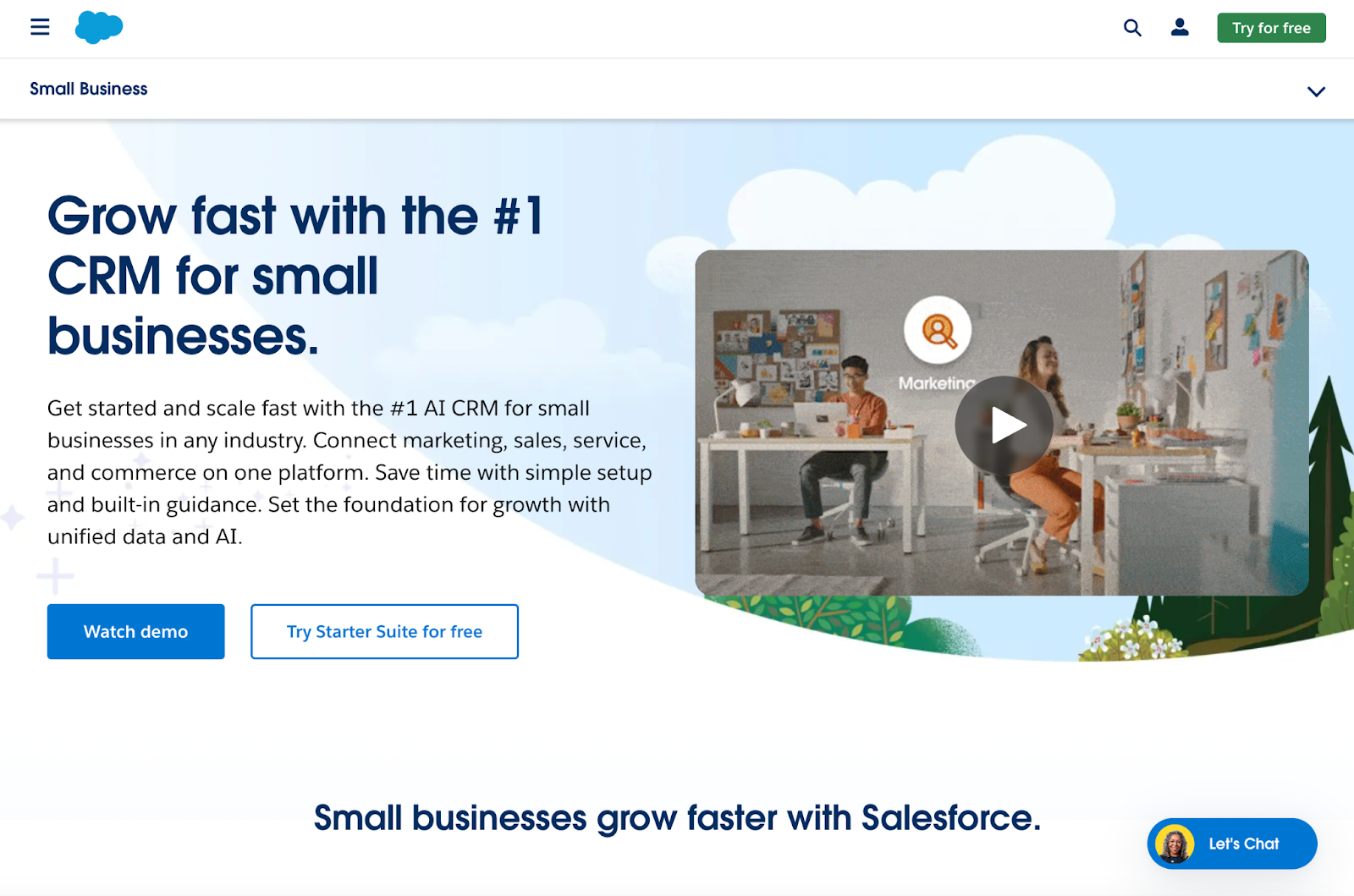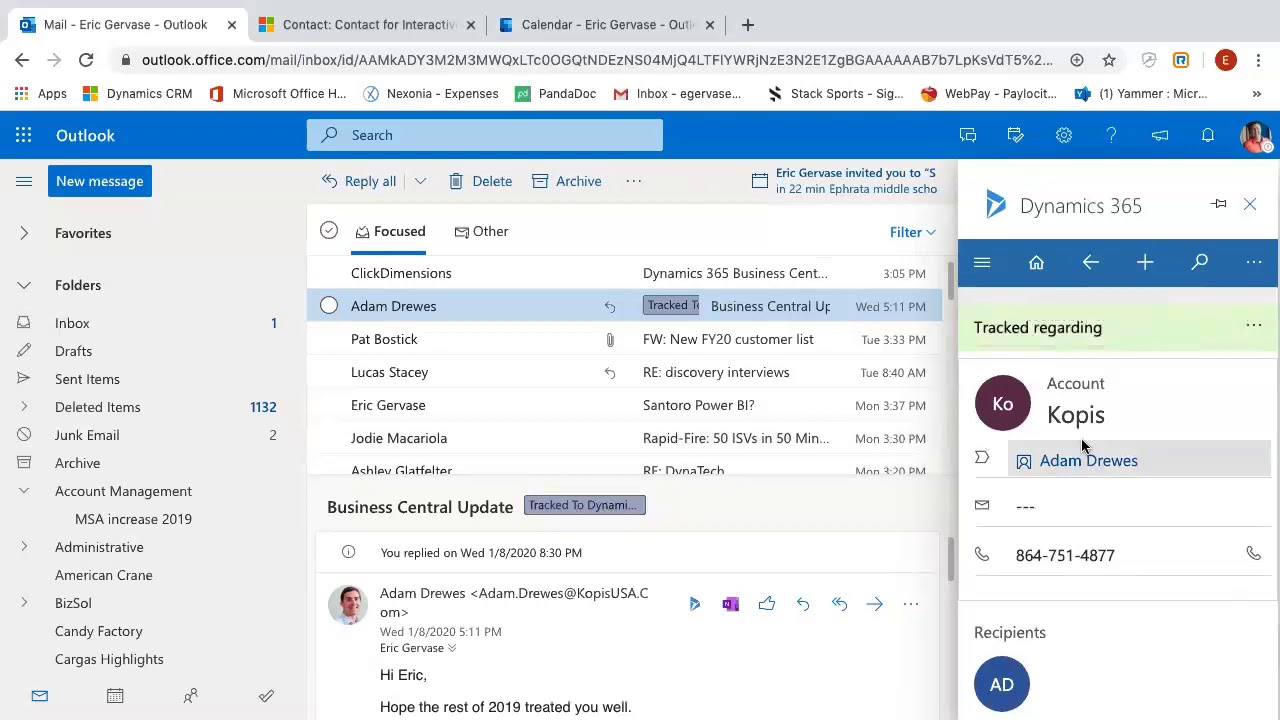Scaling Up: Your Small Business CRM Strategy for Success in 2025
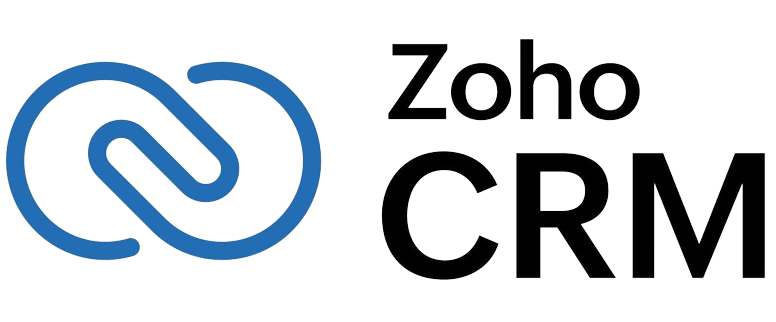
The business landscape is changing at warp speed. What worked yesterday might not cut it tomorrow. This is especially true for small businesses, where agility and efficiency are not just advantages, but necessities. One of the most critical tools in your arsenal? A Customer Relationship Management (CRM) system. But not just any CRM. You need a CRM that’s built for scalability. That’s where this article comes in. We’re diving deep into how small businesses can choose, implement, and optimize a CRM to handle growth and thrive in 2025 and beyond.
Why CRM Scalability Matters for Small Businesses
Let’s be honest, the term ‘scalability’ gets thrown around a lot. In the context of a CRM, it means the system’s ability to adapt and grow with your business. It’s about more than just adding more contacts; it’s about:
- Handling Increased Data: As your customer base expands, so does the volume of data. Your CRM needs to efficiently store, manage, and analyze this growing mountain of information.
- Accommodating More Users: Growing businesses hire more people. Your CRM must support a larger number of users without performance degradation.
- Integrating New Features: As your business evolves, so do your needs. A scalable CRM allows for the seamless integration of new features and functionalities.
- Maintaining Performance: A slow or clunky CRM is a productivity killer. Scalability ensures that your system remains responsive, even as your data and user base grow.
For a small business, a non-scalable CRM can be a major roadblock. It can lead to inefficiencies, data silos, and ultimately, lost opportunities. Choosing a scalable CRM from the outset is an investment in your future.
Key Features to Look for in a Scalable CRM
Not all CRMs are created equal. When evaluating a CRM for your small business, pay close attention to these features that are crucial for scalability:
1. Cloud-Based Architecture
Cloud-based CRMs are the undisputed champions of scalability. They offer several advantages:
- Flexibility: Easily add or remove users and storage as needed.
- Accessibility: Access your CRM from anywhere with an internet connection.
- Automatic Updates: The provider handles updates and maintenance, freeing up your IT resources.
- Cost-Effectiveness: Often offer subscription-based pricing, making them more affordable than on-premise solutions.
In 2025, cloud-based CRMs will be the norm for small businesses, offering the agility needed to adapt to changing market demands.
2. Robust Data Management Capabilities
Your CRM needs to be a data powerhouse. Look for features like:
- Scalable Storage: Ensure the CRM can handle a growing volume of data without performance issues.
- Data Segmentation: The ability to segment your data based on various criteria (demographics, purchase history, etc.) for targeted marketing and sales efforts.
- Data Import/Export: Seamlessly import and export data to and from other systems.
- Data Security: Robust security measures to protect sensitive customer information.
Data is the lifeblood of your business. A CRM that manages it effectively is essential for making informed decisions and driving growth.
3. Integration with Other Tools
Your CRM shouldn’t operate in a vacuum. It needs to play well with other tools you use, such as:
- Marketing Automation Platforms: Streamline your marketing campaigns and personalize customer interactions.
- Email Marketing Software: Integrate your email marketing efforts with your CRM for a unified view of customer communication.
- E-commerce Platforms: Track customer purchases and behavior on your e-commerce site.
- Accounting Software: Sync customer data with your accounting system for accurate financial reporting.
Seamless integration allows you to automate workflows, reduce manual data entry, and gain a holistic view of your customers.
4. User-Friendly Interface and Customization Options
A complex or clunky CRM will be a burden. Look for a system that is:
- Intuitive: Easy to learn and use for all team members.
- Customizable: Allows you to tailor the system to your specific business needs and workflows.
- Mobile-Friendly: Accessible on mobile devices, allowing your team to stay connected on the go.
A user-friendly CRM will increase adoption rates and improve team productivity.
5. Reporting and Analytics
Data is only valuable if you can understand it. Your CRM should provide:
- Customizable Dashboards: Track key performance indicators (KPIs) at a glance.
- Detailed Reports: Generate reports on sales performance, marketing effectiveness, and customer behavior.
- Real-time Analytics: Gain insights into your business performance in real-time.
Robust reporting and analytics empower you to make data-driven decisions and optimize your strategies.
Choosing the Right CRM for Your Small Business in 2025
With countless CRM options available, selecting the right one can feel overwhelming. Here’s a step-by-step guide to help you make the right choice:
1. Define Your Needs
Before you start comparing CRM systems, take the time to define your specific needs and goals. Consider:
- Your business goals: What do you want to achieve with a CRM? (e.g., increase sales, improve customer service, automate marketing)
- Your current processes: How do you currently manage customer interactions?
- Your team’s size and structure: How many users will need access to the CRM? What are their roles?
- Your budget: How much are you willing to spend on a CRM?
Understanding your needs will help you narrow down your options and choose a CRM that aligns with your business objectives.
2. Research CRM Providers
Once you know your needs, start researching different CRM providers. Consider:
- Popular CRM systems: Explore well-known options like Salesforce, HubSpot, Zoho CRM, and Pipedrive.
- Industry-specific CRMs: Look for CRMs that cater to your specific industry.
- Reviews and testimonials: Read reviews from other small businesses to get insights into their experiences.
- Pricing and features: Compare the pricing and features of different CRM systems.
Take your time and carefully evaluate your options.
3. Try Before You Buy
Most CRM providers offer free trials or demos. Take advantage of these opportunities to:
- Test the system: Get hands-on experience with the CRM and see if it meets your needs.
- Evaluate the user interface: Is it intuitive and easy to use?
- Assess the features: Does the CRM offer the features you need?
- Get support from the provider: Test their customer support and see how responsive they are.
A free trial can save you from making a costly mistake.
4. Consider Scalability
As you evaluate different CRM systems, pay close attention to their scalability features. Ask yourself:
- Can the system handle a growing number of contacts and data?
- Can you easily add more users as your team grows?
- Does the system offer the features you need to support future growth?
Choose a CRM that can grow with your business.
5. Implement and Train Your Team
Once you’ve chosen a CRM, it’s time to implement it and train your team. This involves:
- Data migration: Transferring your existing customer data to the new CRM.
- Customization: Configuring the CRM to meet your specific business needs.
- Training: Providing training to your team on how to use the CRM.
- Ongoing support: Ensuring your team has the support they need to use the CRM effectively.
A successful implementation is crucial for maximizing the value of your CRM.
Optimizing Your CRM for Scalability and Growth
Choosing a scalable CRM is just the first step. To truly leverage its potential, you need to optimize it for scalability and growth. Here’s how:
1. Data Hygiene and Management
Clean, accurate data is the foundation of a successful CRM. Implement the following practices:
- Data cleansing: Regularly review and correct inaccurate or outdated data.
- Data standardization: Establish consistent data formats and naming conventions.
- Data deduplication: Identify and merge duplicate records.
- Data backup and security: Regularly back up your data and implement security measures to protect it.
Good data hygiene ensures that your CRM is accurate, reliable, and efficient.
2. Automation and Workflow Optimization
Automation is key to maximizing efficiency and scalability. Use your CRM to automate repetitive tasks, such as:
- Lead generation: Automatically capture leads from your website and other sources.
- Lead nurturing: Send automated email sequences to nurture leads.
- Sales processes: Automate sales workflows, such as sending quotes and following up with prospects.
- Customer service: Automate responses to frequently asked questions and route customer inquiries to the appropriate team members.
Automation frees up your team to focus on more strategic tasks.
3. Integration with Other Systems
As mentioned earlier, integrating your CRM with other systems is crucial for maximizing its value. Consider integrating with:
- Marketing automation platforms: To streamline your marketing campaigns.
- Email marketing software: To track email interactions and personalize customer communication.
- E-commerce platforms: To track customer purchases and behavior.
- Accounting software: To sync customer data and financial information.
Integration creates a seamless flow of information and eliminates data silos.
4. Regular Monitoring and Evaluation
Continuously monitor your CRM’s performance and evaluate its effectiveness. This includes:
- Tracking key performance indicators (KPIs): Measure your progress towards your business goals.
- Analyzing data: Identify trends and insights in your customer data.
- User feedback: Gather feedback from your team on their experience with the CRM.
- Making adjustments: Adjust your CRM configuration and workflows based on your findings.
Regular monitoring and evaluation ensure that your CRM is aligned with your business goals and is delivering the desired results.
5. Ongoing Training and Support
Your team’s skills and knowledge are essential for maximizing the value of your CRM. Provide ongoing training and support to ensure that they can use the system effectively. This includes:
- Regular training sessions: Provide regular training on new features and best practices.
- Documentation and resources: Create documentation and resources to help your team use the CRM.
- Technical support: Provide access to technical support to help your team resolve any issues.
Investing in your team’s skills will ensure that they can leverage the full potential of your CRM.
The Future of CRM for Small Businesses in 2025 and Beyond
The CRM landscape is constantly evolving. Here’s a glimpse into what the future holds for small businesses:
1. Artificial Intelligence (AI) and Machine Learning (ML)
AI and ML will play an increasingly important role in CRM. Expect to see:
- Predictive analytics: CRM systems will use AI to predict customer behavior and identify sales opportunities.
- Personalized customer experiences: AI will enable businesses to personalize customer interactions at scale.
- Automated tasks: AI will automate even more CRM tasks, such as data entry and customer service inquiries.
AI and ML will empower small businesses to make smarter decisions and deliver exceptional customer experiences.
2. Enhanced Mobile Capabilities
Mobile CRM will become even more important. Expect to see:
- More robust mobile apps: CRM providers will invest in more feature-rich and user-friendly mobile apps.
- Offline access: Users will be able to access and update CRM data even without an internet connection.
- Integration with wearable devices: CRM systems may integrate with wearable devices to provide real-time insights and notifications.
Mobile CRM will allow businesses to stay connected with their customers and manage their sales and marketing efforts from anywhere.
3. Focus on Customer Experience (CX)
Customer experience will be the ultimate differentiator. Expect to see:
- More focus on customer journey mapping: Businesses will use CRM to map the customer journey and identify opportunities to improve the customer experience.
- Personalized customer interactions: CRM systems will enable businesses to personalize customer interactions across all channels.
- Proactive customer service: Businesses will use CRM to proactively address customer needs and resolve issues before they escalate.
In 2025, customer experience will be king, and CRM will be the key to delivering exceptional experiences.
4. Increased Integration and Interoperability
Expect to see even greater integration between CRM systems and other business applications. This will lead to:
- Seamless data flow: Data will flow seamlessly between different systems, eliminating data silos.
- Automated workflows: Workflows will be automated across multiple systems, increasing efficiency.
- Improved reporting and analytics: Businesses will have a more holistic view of their operations.
Increased integration will empower businesses to work smarter and more efficiently.
Conclusion: Embracing CRM Scalability for Long-Term Success
Choosing and implementing a scalable CRM is not just a technology decision; it’s a strategic investment in your small business’s future. By prioritizing scalability, you’re positioning your company for sustainable growth, enhanced customer relationships, and increased efficiency. Don’t wait until your current CRM is bursting at the seams. Start planning for scalability now. Evaluate your needs, research your options, and choose a CRM that can grow with you. Embrace the power of a scalable CRM, and you’ll be well-equipped to thrive in the ever-evolving business landscape of 2025 and beyond.
By taking the time to understand your needs, choosing the right CRM, and optimizing it for growth, you can transform your customer relationships, streamline your operations, and achieve long-term success. The future is bright for small businesses that embrace the power of a scalable CRM.

